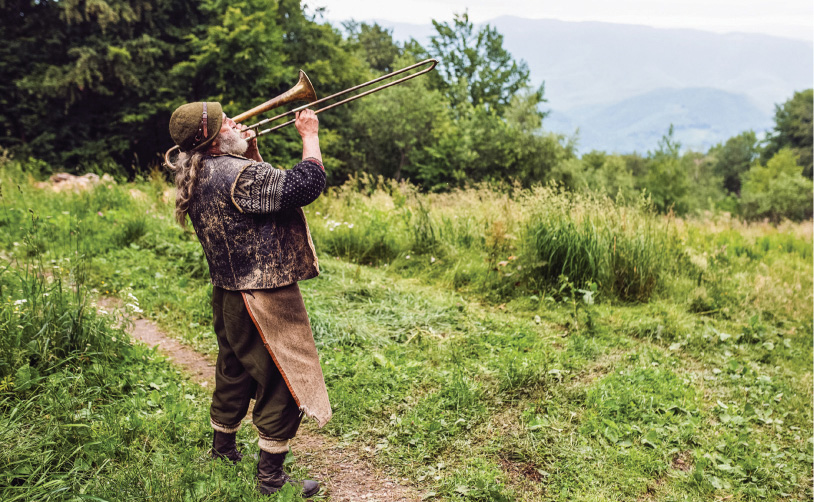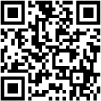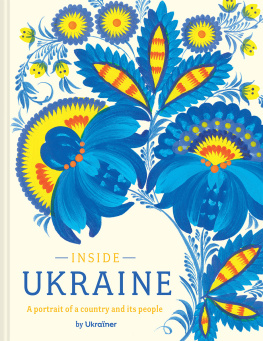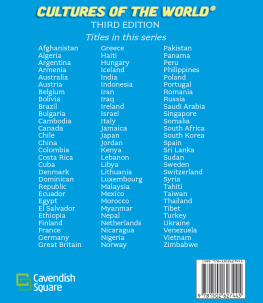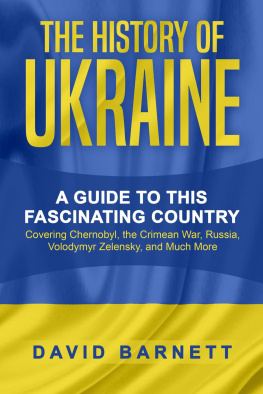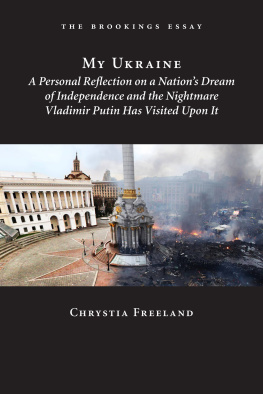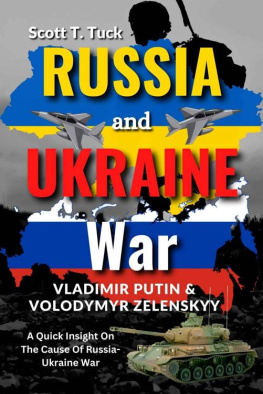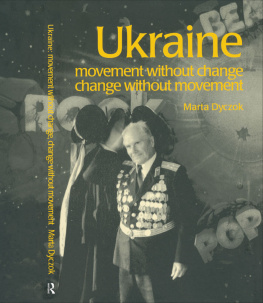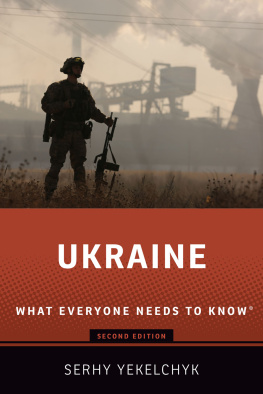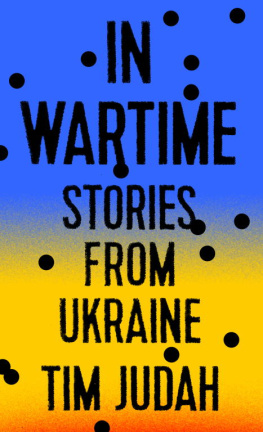Contents
Guide


Introduction
Ukraner started during my travels, when I was trying to express to people what characterized Ukraine. I found myself describing my country and hometown or at the very least their locations to children on the remote islands of the Indonesian archipelago, Bedouins in the Arabian desert, seniors at a Polish retirement club, tourist groups, and international festivalgoers. Over the years of travelling through various parts of the world, I realized that my conversations about Ukraine lacked the most crucial thing an emotion. A feeling that would make a lasting impression on those I spoke with and remain forever associated in their memories with my homeland. After I returned home from my journeys around the world, I wanted to find a description of this modern-day country; a short but eloquent answer to the question Where are you from?
In June 2016, a group of other like-minded people and I set off on an adventure, or, as we called it, an expedition. We announced on social media that we were going to explore Ukraine and unveil it to the world. Within a few days, we received hundreds of messages and several thousand subscribers. Thats how our multimedia project Ukraner was launched. At the very beginning of our expedition we realized how little we knew about our own country. We set off for different historical regions, learning the stories and daily lives of active and engaged citizens to highlight their valuable contributions to Ukraine, whether they were in the most remote corners of the country or in its largest cities.
At the beginning of our project we had a few dozen volunteers. Later, the Ukraner community had a team of several hundred members that helped us create and grow every day. During the expeditions that led up to this book, everyone had their role: writers, editors and transcribers worked on the texts; directors, film editors and producers provided the video material; translators made it possible to publish our stories in several languages; there were also travellers and explorers, diplomats, media and communications experts. Together, we documented and uncovered Ukraine the way it was: real and authentic.
This book is based on over a dozen research and documentary expeditions, 100,000 kilometres on the road and more than 400 settlements that guided us through our search for the answers to the questions of What is Ukraine really about? and Who are we? The result is hundreds of video stories, texts and photos, many of which you can find in this book.
When Ukraner was just at the beginning of its path, it seemed like our country had already won the war with Russia. At that time, the Ukrainians managed to stop the active offensive of the Russians and successfully distanced themselves informationally from their propaganda, leaving the deoccupation of Crimea and East of Ukraine for the future. It seemed that resilience on the information front alone would be enough for our final victory. Instead, this book was published during the full-scale Russian invasion. These pages tell stories that became not a reality of Ukraine, but its archive.
This book is only one part of the larger multimedia project available at ukrainer.net. It contains stories collected from each region, full versions of which can be found with the use of the QR codes.
Bogdan Logvynenko

Contents
A Note from the British Publisher
This book came into my hands as a gift from the Ukrainian family I was hosting in London. It, along with the mother and two girls, had travelled 30 hours to get to us, via a bus, a train journey to the Polish border and then a flight from Krakow. They didnt know I was a book publisher and my immediate interest was a surprise to them. It was obvious both that they needed to sleep, and that the book needed to be published in the English-speaking world. It was written before the war and it is a wonderful portrait of what it means to be Ukrainian. Thank you for buying this book.
Polly Powell, Batsford


Michel and his Buffaloes
Ecologist Michel Jacobi came to Ukraine from Germany to conserve Ukraines ecosystem and traditional stock-breeding practices.
Despite the fact that modern animal husbandry norms favour cows and intensive farming practices, Michel began to breed buffaloes. In the early 20th century, raising buffalo was common in Zakarpattia; there were several thousand buffaloes in the neighbouring villages. When the communists came to power, all the buffaloes were placed in collective farms. But the female buffaloes did not take to their new conditions and stopped producing milk. By the 1990s, the buffalo population had declined from a few thousand to around one hundred.
I thought that in Ukraine I could find the same natural environment and lifestyle of our ancestors since they dont exist in Germany anymore. People need to live in harmony with nature. I want to show this by my own example.
With the support of a few charity foundations and village leaders who gave him some land that previously belonged to the collective farms, Michel began assembling his buffalo herd from the surrounding areas.
Michel watches over his herd at farms in Chumaliovo and Steblivka and works on a breed registry. Michel also has buffaloes living along the semi-wild shores of the Danube.


Mount Yavirnyk, Yanko Derevlianyi
Artist, sculptor and architect Yanko Derevlianyi, looking for a place to live in harmony with nature, chose Yavirnyk, a mountain near the town of Velykyi Bereznyi, to set up his workshop. Yanko first came to Yavirnyk in 1974 when he was working as an interior designer at a Soviet-era tourist complex. Since then he has been very active in the area designing and building huts and fire-pits for travellers.
Even cats run wild on the mountain, and its a rare soul that can spend much time here.


